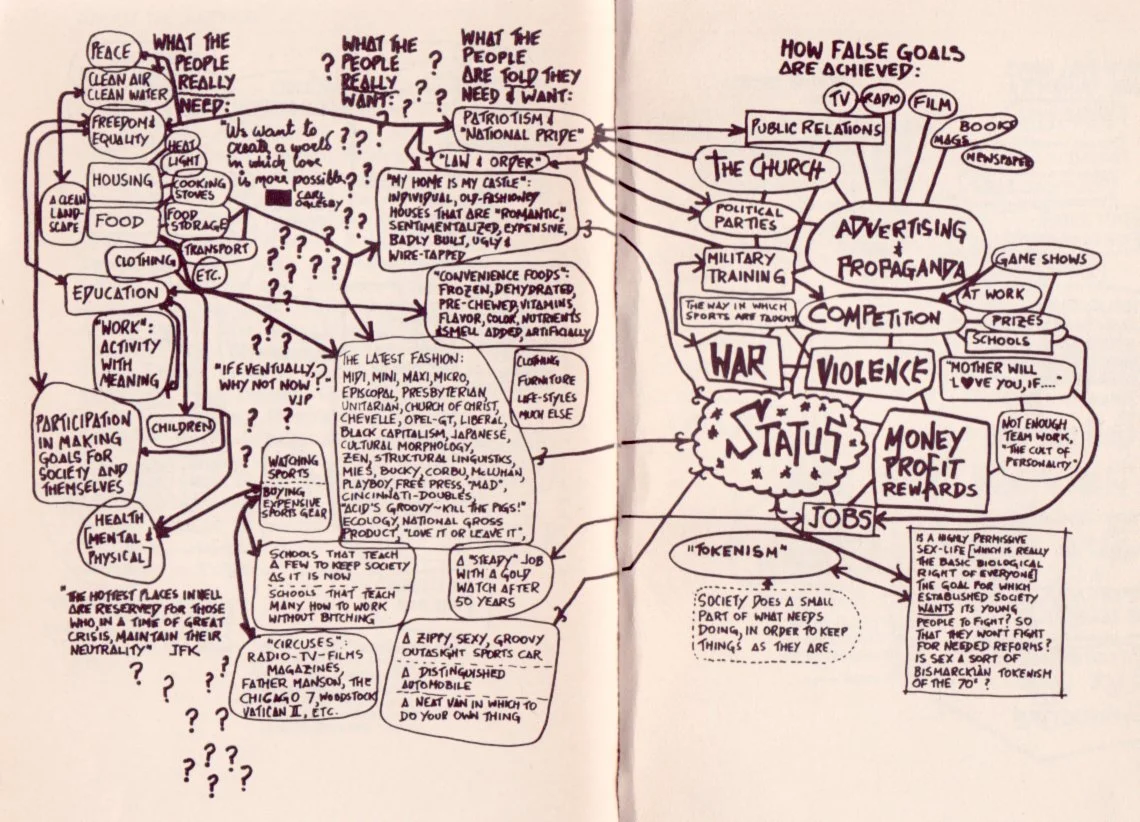The true nature of design
“All men [read people] are designers. All that we do, almost all the time, is design, for design is basic to all human activity. The planning and patterning of any act towards a desired, foreseeable end constitutes the design process. Any attempt to separate design, to make it a thing-by-itself, works counter to the fact that design is the primary underlying matrix of life.”
Victor Papanek, Design for the Real World 1985, p.3
If you have never read Victor Papanek, you should. I find myself returning to his writings more and more these days. While there are more contemporary voices—indeed it feels like social media is giving rise to new design pundit every week. None of them have demonstrated the keen insight into the true nature of design that Papanek provided.
Papanek viewed design as the basis for humanity’s ability to evolve communities, societies and cultures. The intentional arrangement of things to facilitate desired outcomes may well have started with simple agrarian practices. Or the construction of permanent shelters that in turn gave rise to villages and cities.
Papanek’s advice came from a time before capitalism discovered the power of the digital medium, social networks, and “nosey” mobile devices. Not to mention the computational engines that continually process petabytes of data collected from our every interaction in order to build models of our intentions and to create personalized content to maximize our engagement—not with other humans but with the content itself. And yet Papanek’s understanding of the risks was clear.
Victor Papanek’s flowchart comparing what people really need and really want to what they are told they need.
For too long the dispassionate goal of increased profits, has stood between the people expected to use their products and those who were making it. It took designers a long time to get back into the board room but now we are here, we need to focus on making products that improve humanity rather then exploit human consumption for shareholder value.
Papanek was one of the original advocate for closing that gap, for forming a partnership between the people with the need and the people who designed their solutions. To make companies humanity-centered. Design is the profession best position to articulate how that can happen, to prototypes the strategies, products and services that will help us regain our humanity.


